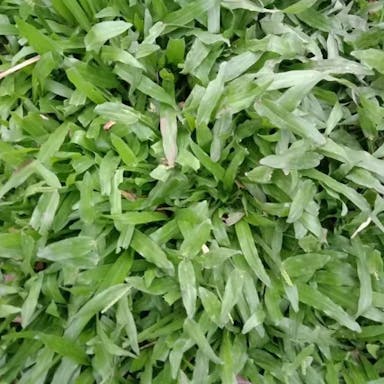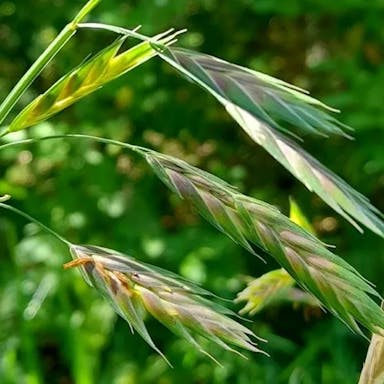Tall grama grass, scientifically known as Bouteloua curtipendula, is a perennial grass species that belongs to the Poaceae family. It is native to North America, specifically found in the central and western regions of the United States and parts of Mexico. This grass species is commonly found in prairies, meadows, and open woodlands. Only two to three feet tall, this moderate growth produces dense compressed stems. The leaves are narrowly shaped and bluish-green. The spikes that appear at the top of the stems hold many tiny greenish blooms. Flowering takes place from late spring and into early summer. The fruit produced is a small dry one-seeded fruit that is dispersed by wind or animals. Tall grama grass grows easily and adapts well to different types of soil including sandy and clay soils. It handles drought and heat. Because of its deep roots it controls erosion well. In summary, this North American native grass has narrow leaves, greenish flowers on spikes, and small dry fruits. Its deep root system makes it useful for erosion control.
0
0









